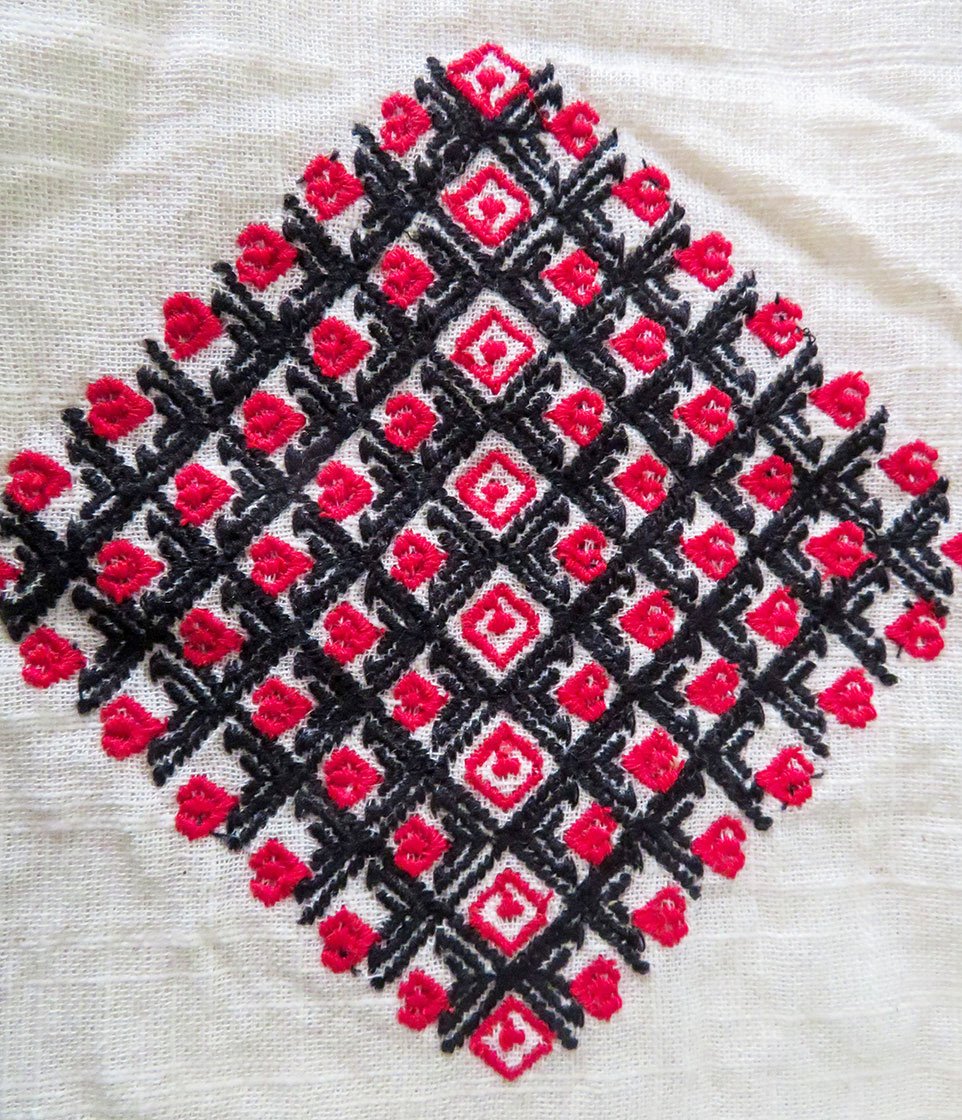7667766266
enquiry@shankarias.in
Helicopter Money
|
Helicopter Money |
Quantitative Easing |
|
|
CHAMPIONS Portal
Fluorometer
Melamine
“RESTART” Conference
National Technology Day
Tour of Duty
Toda Tribes

Source: PIB, the Hindu, Indian Express